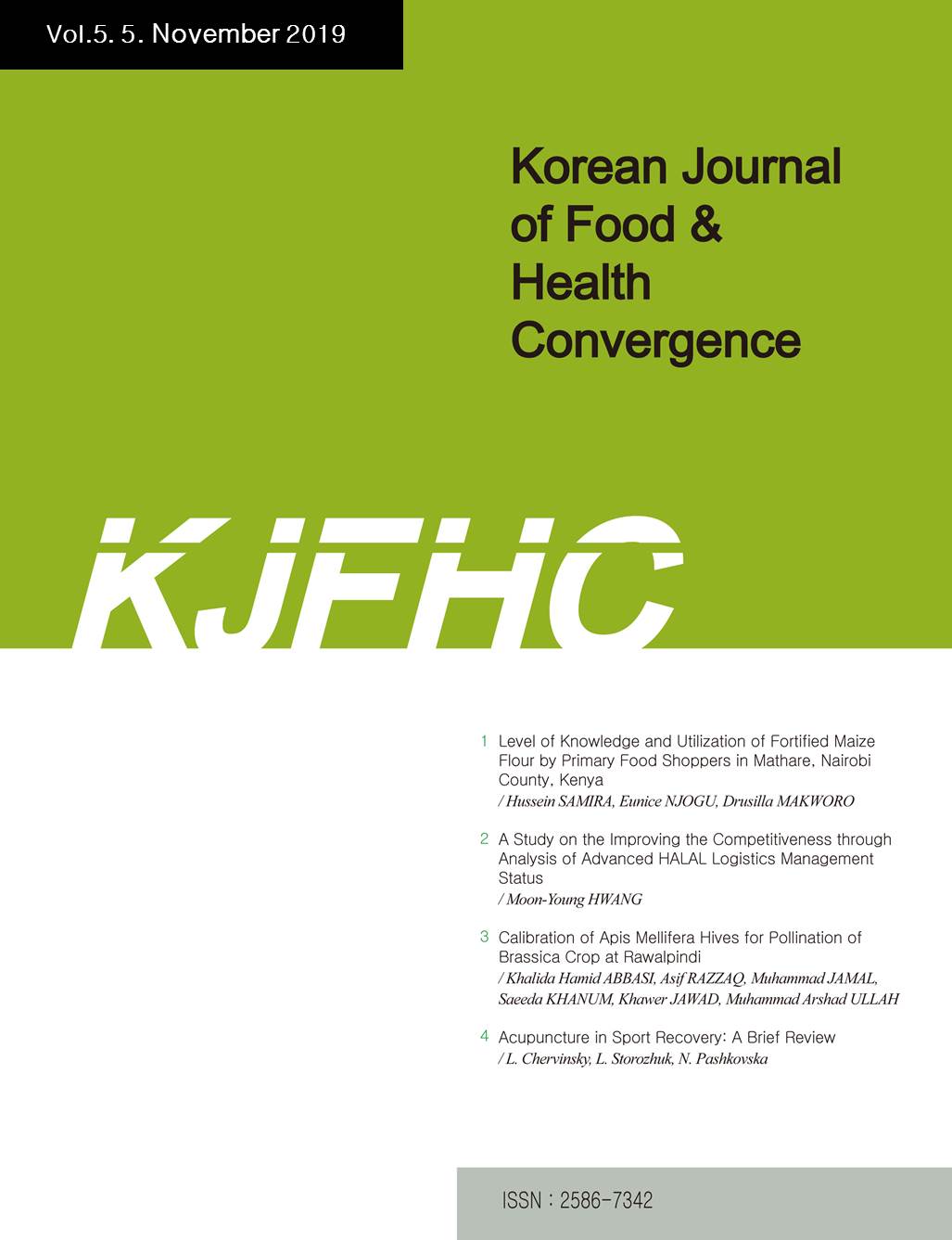 E-ISSN : 2586-7342
E-ISSN : 2586-7342
RHA, Young Ah
Abstract
This study aims to empirically analyze the differences between groups of customers who prefer delivery food, which is rapidly growing amid the COVID-19 pandemic, and those who prefer the traditional practice of visiting offline restaurants. Based on the eating out lifestyle, participants were divided into three groups: participants who prefer food delivery, those who prefer to visit restaurants, and those who favor both. The comparison of differences between the groups was analyzed. A total of 215 questionnaires were distributed, and reliability and validity were verified with a sample of 201 copies, excluding 14 unreliable respondents. Then, a multivariate analysis of variance was used to compare the groups. The results showed that regarding offline restaurants, the group of customers who prefer to visit restaurants valued their atmosphere, while the customers who prefer delivery food valued the reputation of the restaurant. Regarding delivery-specialized restaurants, the group of customers who prefer delivery placed greater value on coupon events and payment convenience than other groups. The results revealed that the difference between the customers who prefer to visit restaurants and those who prefer delivery food was identified through empirical analysis, which provides strategic implications for catering companies and restaurant industries during COVID-19 in Korea.
- keywords
- Delivery Preference, Visiting Preference, Eating-out Motivation, Restaurant Selection Attributes
- Downloaded
- Viewed
- 0KCI Citations
- 0WOS Citations
